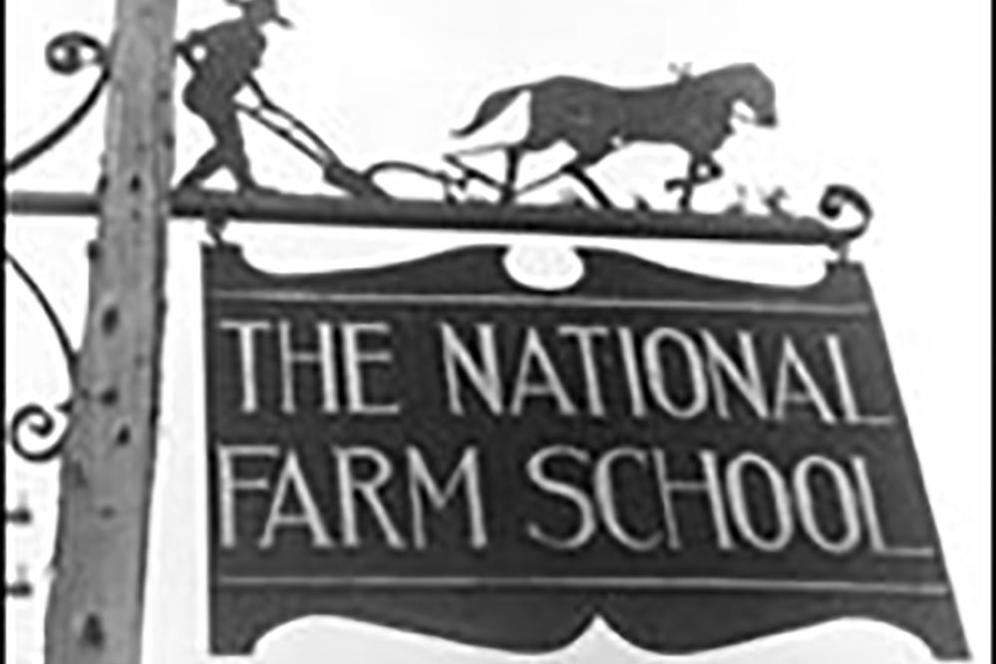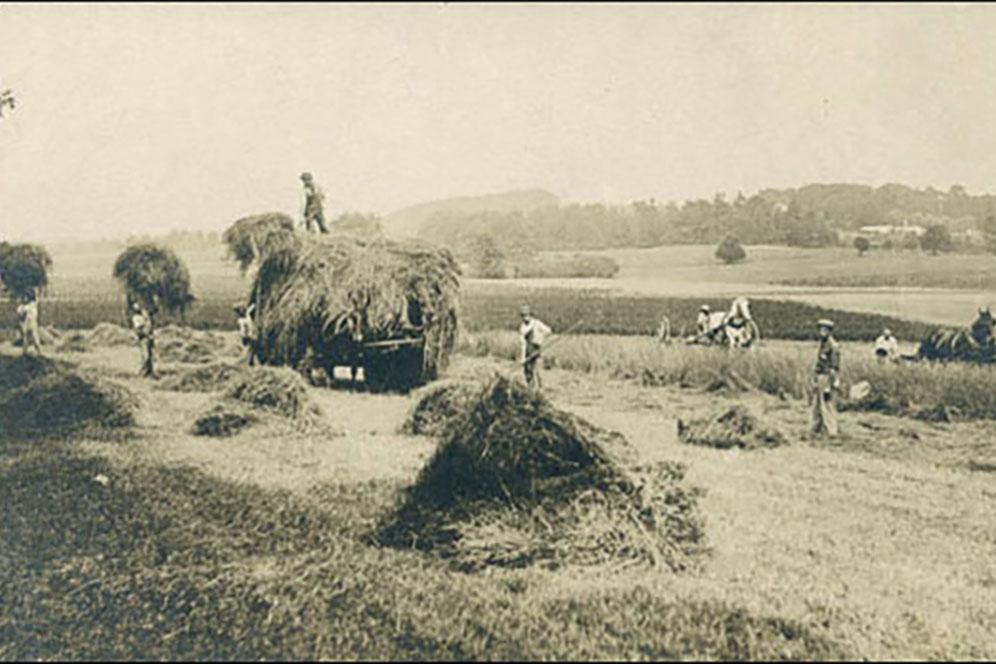In 1872, at the age of 14, Krauskopf emigrated to the United States and went to Fall River, Mass., where he found employment as clerk in a tea-store.
In October 1875, Krauskopf secured admittance into the first class of Hebrew Union College located in Cincinnati. While studying there and in the University of Cincinnati, Krauskopf acted as a tutor and contributed articles to journals. He graduated from the university and from the Hebrew Union College (rabbi) in 1883. In 1885, the faculty of the college conferred upon him the degree of D.D. For a short time Krauskopf served as rabbi in Peoria, Ill., and in Kalamazoo, Mich.
Krauskopf received and accepted a call from the Bnai Jehudah congregation in Kansas City, Mo. He was appointed by the governor of Missouri as a life-member of the Board of National Charities and Corrections, and in 1885 was elected vice-president of the Pittsburg Conference, of which Dr. I. M. Wise was president. In the same year Krauskopf received a call from the Reform Synagogue, Congregation Keneseth Israel of Philadelphia.
Krauskopf entered on his duties in Philadelphia, October 19, 1887. He established a Sunday service in addition to the regular Shabbat service. Under his ministration the congregation flourished, and has become one of the largest Jewish congregations in the United States. Seventeen volumes of Krauskopf's lectures, embracing subjects in the fields of religion, ethics and social science, have been published since 1888. He aided in the organization of the Jewish Publication Society of America, in the spring of 1888.
In 1894, when the stream of immigration of Russian Jewish exiles into the United States was at its fullest, Krauskopf resolved to visit Russia and while there, arranged a visit with Count Leo Tolstoy. This conference led directly to the eventual founding of Delaware Valley College. During his visit, Tolstoy and Krauskopf discussed the doctor’s plan to resettle struggling Russian Jewish families in the remote, undeveloped parts of Russia. The Count, however, remained concerned that such a plan would not see acceptance by the Russian government. As an alternative plan, Tolstoy suggested that Krauskopf start farm schools in the United States and encourage the Jewish people to move from the urban ghettos into rural areas to follow agricultural pursuits.
When speaking of his visit with Tolstoy, Krauskopf said, “No course of study in moral philosophy, even in the most learned university under ablest masters could have sent me back into the world with so clear a recognition of human duty and with so keen a sense of individual responsibility.”
After returning to the United States, Krauskopf began soliciting funds and support for the establishment of an agricultural school. On April 10, 1896, The National Farm School was founded on a 122-acre farm located near Doylestown, Pa.
Under Krauskopf’s leadership, the main campus and major programs were developed and, through donations, additional land was acquired for a total of 475 acres. Construction was abundant from 1899 to 1923, and the following buildings, many of which still exist and see use today, were created: the Ida M. Block Memorial Chapel, the Aaron Building, the Admissions Center and Penn (renamed Miller), Eisner, Segal, Lasker and Ulman Halls.
Krauskopf was clearly ahead of his time. He addressed issues decades before much of the world, including his fight for human and civil rights. He was one of the few people of the era who had the intellectual courage and tenacity to stand up and speak out publicly on controversial issues such as human rights, slums, child labor, conservation, poverty, housing reforms, equal and full employment, proper education and quality of life improvement.
For 27 years, until his untimely death in 1923, Krauskopf was the school’s fundraiser as well as its inspirational and spiritual leader, visiting the school on weekends and conducting nonsectarian services for the students. One of the students inspired by Krauskopf’s lectures was James Work, who would one day assume a role of leadership that would greatly affect the College’s modern day development.


